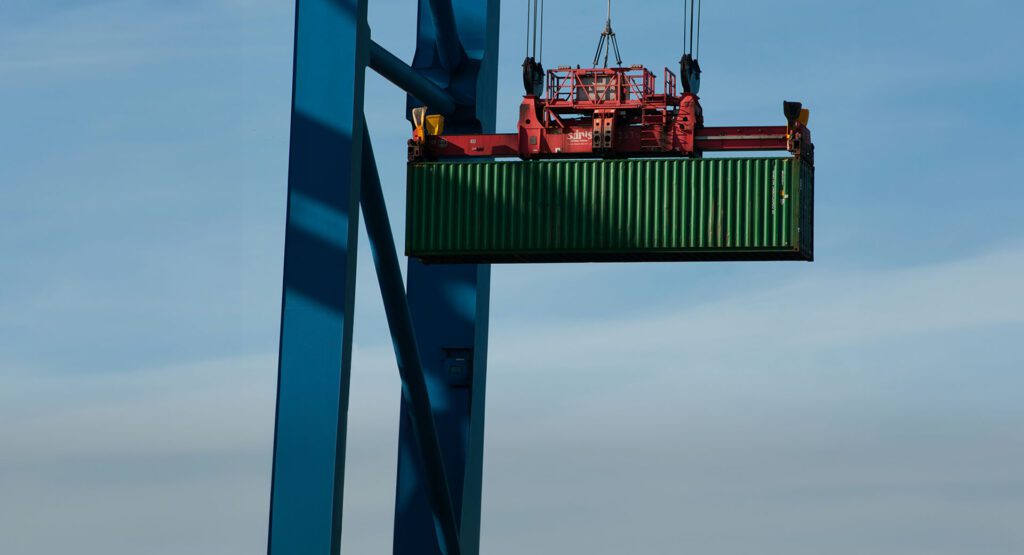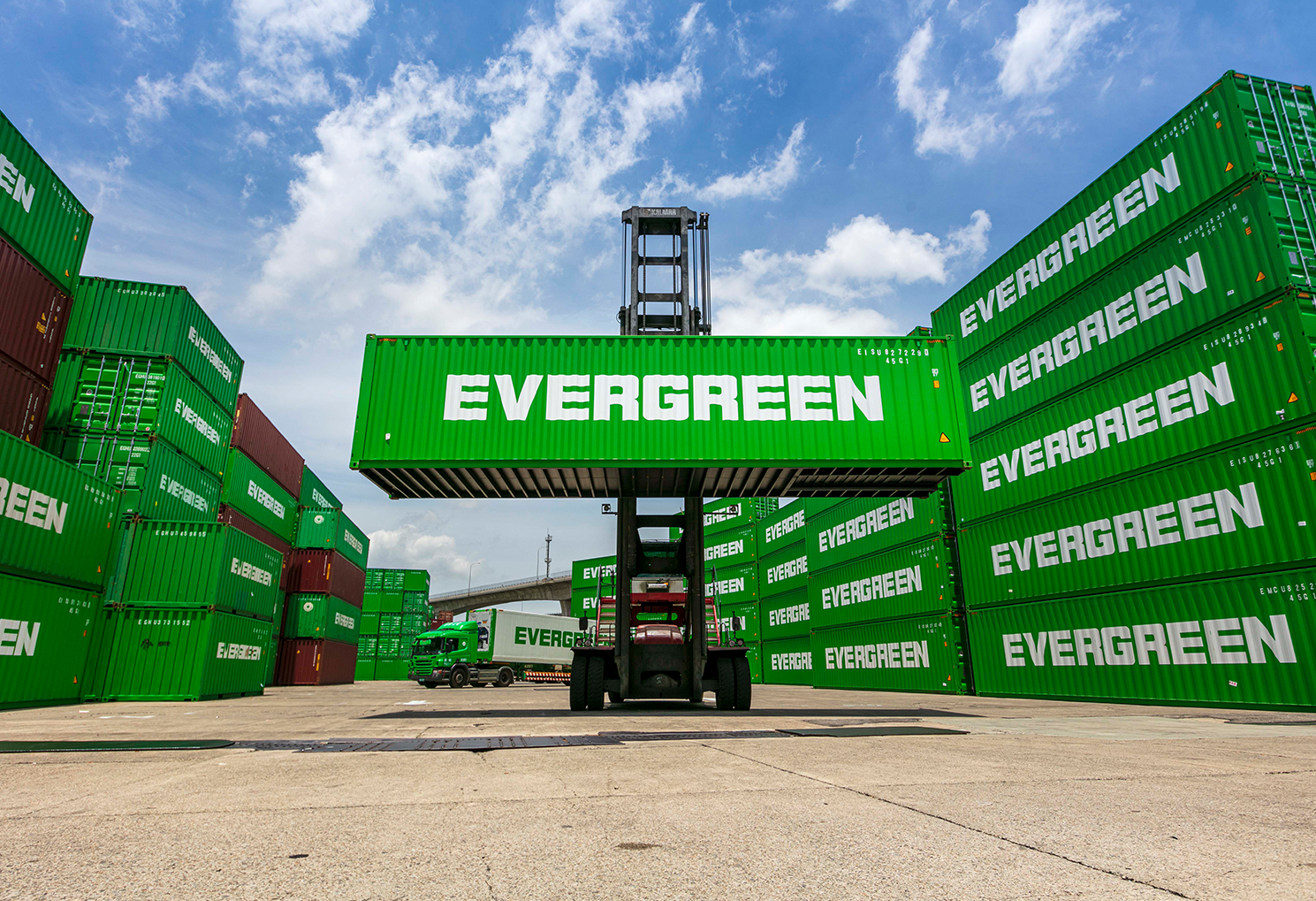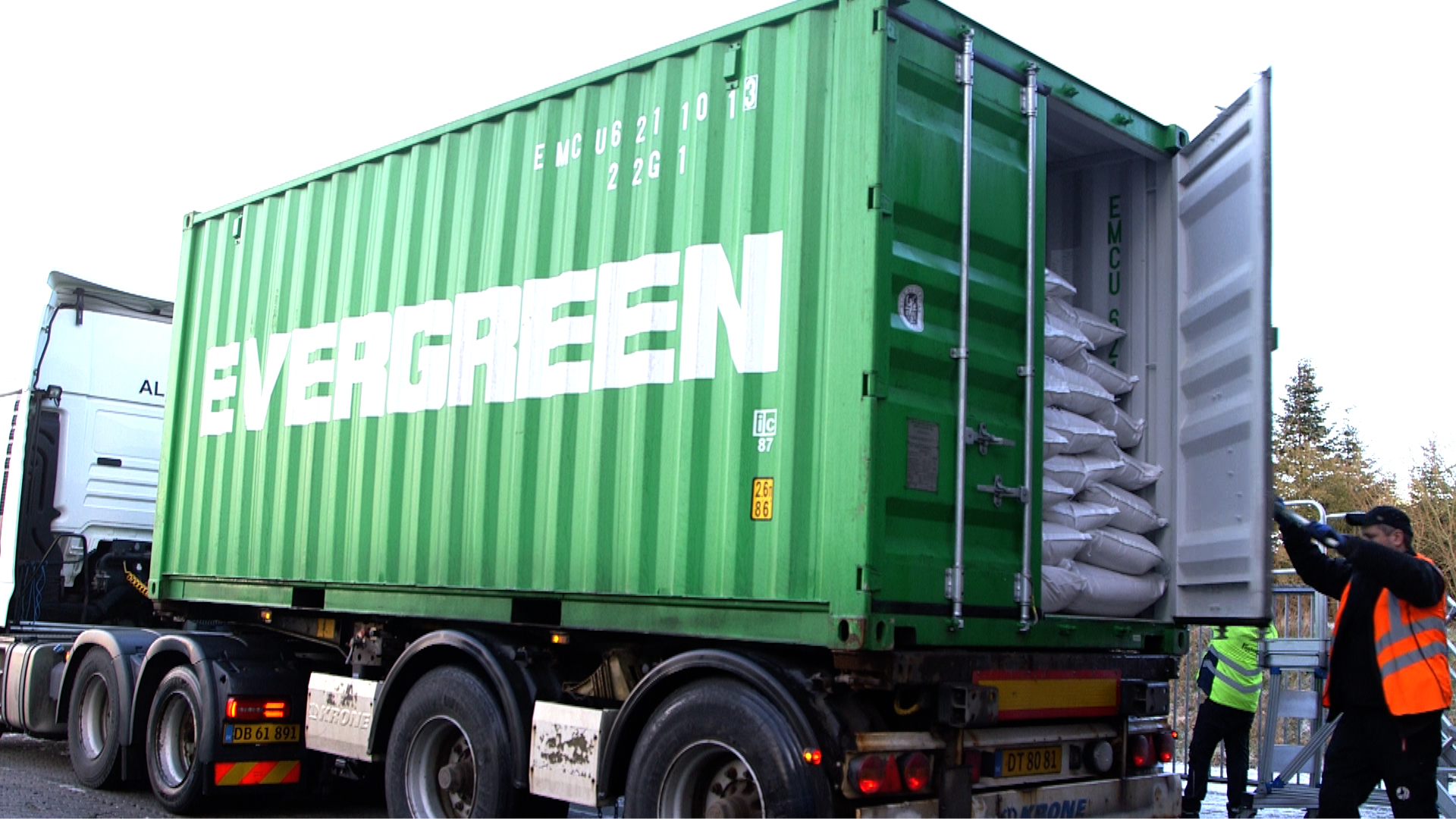What are LCL and FCL?
When transporting goods via container across the sea, there are two primary shipping choices: LCL (Less Than Container Load) and FCL (Full Container Load).
FCL entails shipping goods in an entire container, where you pay for the full space. This makes it suitable for large-volume shipments filling a 20 or 40-foot container. Some opt for FCL even if their goods do not come close to filling the container, as there may be advantages that weigh in FCL’s favour.
LCL involves sharing container space with shipments from different senders. This makes it a popular choice for those shipping smaller volumes or seeking flexible delivery options.
5 differences between LCL and FCL
1. Space
As established above, the primary difference between LCL and FCL is that with LCL, you share space with other shipments, as opposed to FCL. Because of these space implications, LCL and FCL have several fundamental differences.
2. Cost
When using FCL, you pay for the entire container regardless of the utilization of the container. This makes it suitable for any shipment size as long as it fits inside the container. LCL costs, however, are calculated per cubic meter (CBM), meaning you only pay for the dimensions of your shipment.
3. Volume
LCL suits smaller shipments, that is not filling up an entire container. FCL entails shipping goods in a full container, where you pay for the entire container space. This makes it suitable for large-volume shipments filling a 20 or 40-foot container.
4. Flexibility
LCL provides excellent flexibility, ideal for multiple deliveries to different facilities or destinations. FCL may require additional considerations for warehousing, unloading, sorting, and trucking when distributing to multiple locations.
5. Availability
During peak seasons like the Chinese New Year, Thanksgiving, or Christmas, it’s difficult to secure space and equipment. Opting for LCL could be a better choice as you don’t have to wait for an entire container to become available.
What are the pros and cons of LCL versus FCL?
FCL offers an advantage over LCL in terms of enhanced security, especially if you’re shipping fragile items that require protection during the voyage. FCL also stands out for its speed, as your shipment travels independently, eliminating consolidation and de-consolidation time.
Despite these advantages, LCL may be a preferable option for small and medium-sized businesses. It offers a flexible pricing structure that allows you to align your shipping needs with your budget, which is particularly beneficial for low-volume shipments.
In conclusion, FCL and LCL cater to different circumstances and needs. In some scenarios, they can even complement each other. For example, if your goods exceed the capacity of a full container, a combination of FCL for the bulk of the goods and LCL for the overflow can be a cost-effective solution, avoiding the need for a much larger or additional container.
I hope this article has provided you with valuable insights into LCL and FCL shipping. Greencarrier offers both LCL and FCL shipping options, and we are always happy to help you navigate the waters.



